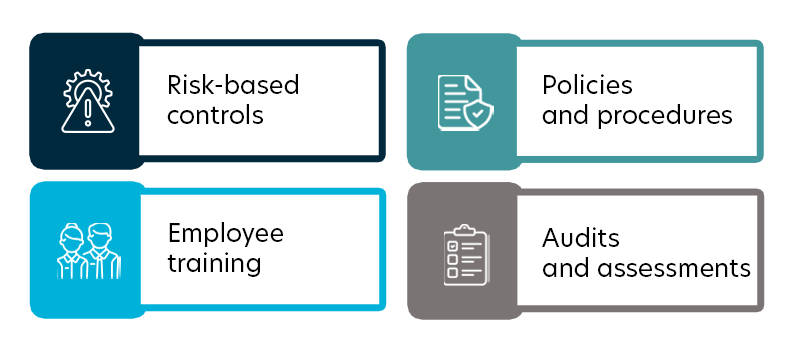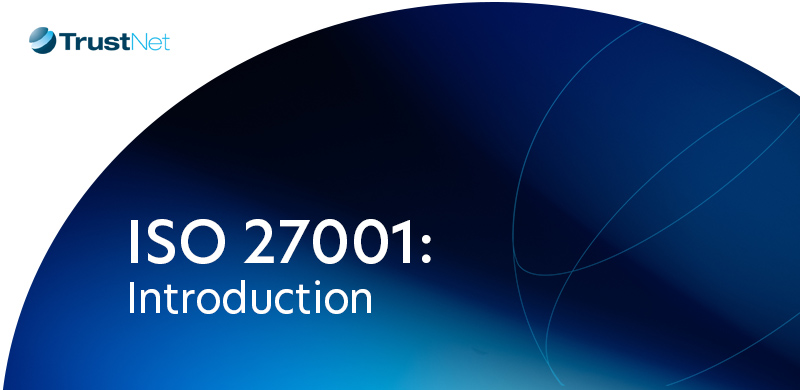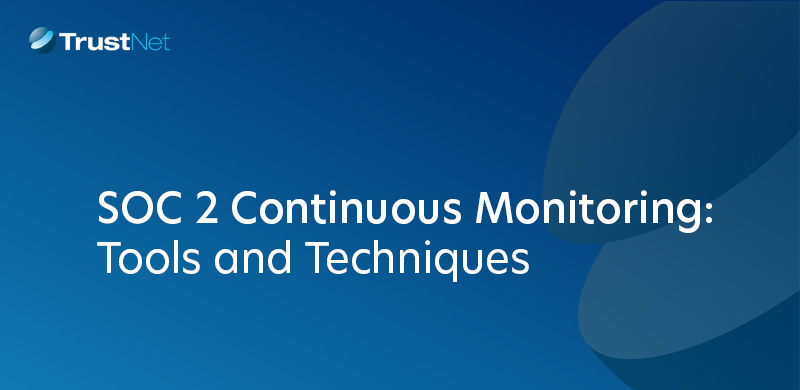The Compliance Playbook: Protect Data, Avoid Penalties, Build Trust

Cybersecurity compliance goes beyond meeting regulatory requirements. It ensures organizations handle and protect sensitive data with the highest standards. These guidelines, which are influenced by security frameworks and data protection laws, are intended to reduce cyber risks and breaches and guarantee appropriate data management procedures.
Here are why cybersecurity compliance matters:
-
- It ensures businesses meet legal and industry requirements.
- It strengthens defenses against cyber threats and data breaches.
- It builds trust with customers, partners, and stakeholders.
Non-compliance exposes organizations to costly fines, reputational damage, and operational disruptions. By implementing regulatory security standards, organizations stay protected and bolster their resilience in a complex digital world.
What is Cybersecurity Compliance?
While the definition of cybersecurity compliance varies across industries, the goal is always the same — safeguarding sensitive information from risks and attacks.
Compliance involves several key principles, such as:
-
- Following security regulations to prevent unauthorized access or breaches.
- Observing data protection laws that govern privacy and responsible data handling.
- Applying recognized frameworks to build secure, compliant practices.
Key regulations like GDPR, HIPAA, and PCI DSS are essential for ensuring data privacy, protecting sensitive health information, and securing payment transactions. Compliance with these regulations demonstrates accountability and enhances customer trust. Overlooking compliance can result in severe penalties, data breaches, and lasting reputational harm.
Discover how our Compliance Accelerator+ Program can simplify regulatory challenges and protect your business.
Key Components of Cybersecurity Compliance
Achieving effective cybersecurity compliance requires a combination of well-established processes and proactive measures. The key compliance components revolve around implementing security controls to address potential threats and vulnerabilities.
Here are the essential elements:

-
- Risk-based controls: Every organization faces unique risks. Conducting a comprehensive risk assessment helps identify vulnerabilities and prioritize mitigation efforts, ensuring resources are applied where needed most.
- Policies and procedures: Clear, documented policies outline how data is handled, stored, and protected. These guidelines are the foundation for maintaining data protection measures and aligning the organization with compliance standards.
- Employee training: Human error is a leading cause of security breaches. Regular training ensures employees understand compliance requirements, how to recognize threats, and their role in safeguarding sensitive information.
- Audits and assessments: Regular evaluations of systems and processes help maintain compliance over time. Audits reveal gaps and weaknesses, allowing organizations to address issues before they escalate.
Businesses can uphold regulatory requirements, strengthen their defense against cyber threats, and maintain trust with stakeholders by focusing on these core components. When compliance is part of the culture, the organization’s resilience against evolving challenges becomes much more substantial.
Benefits of Compliance
The benefits of cybersecurity compliance go far beyond simply meeting legal requirements. Here’s why prioritizing compliance importance makes sense:
-
- Protection against data breaches: Compliance frameworks emphasize data breach prevention through robust security measures. From preventing unauthorized access to mitigating risks, these guidelines significantly reduce the chances of incidents that could compromise sensitive information.
- Avoiding regulatory fines and penalties: Non-compliance with regulations like GDPR or HIPAA can result in steep financial penalties. These fines, combined with damage to operational effectiveness, can cripple businesses. Adhering to these rules minimizes the risk of such setbacks.
- Building customer trust and reputation: Customers trust organizations that take security seriously. Compliance shows your commitment to safeguarding their data, protecting their information, and your brand reputation. A trusted business is more likely to retain existing customers while attracting new ones.
Cybersecurity compliance is a proactive approach to risk management and a demonstration of accountability.
Common Compliance Frameworks
Organizations rely on compliance frameworks to maintain robust security practices and meet regulatory security standards. These frameworks offer structured approaches to managing risks, protecting data, and ensuring accountability.
Here are some widely recognized frameworks you should also know about:
ISO 27001 – This internationally accepted standard focuses on information security management systems (ISMS). It gives businesses a systematic approach to planning, implementing, and maintaining data protection protocols.
NIST Cybersecurity Framework (NIST CSF) – Developed by the National Institute of Standards and Technology, this framework is a flexible guide for organizations to identify, protect, detect, respond to, and recover from cybersecurity incidents.
Each framework is designed to address unique challenges, but all share a common goal: strengthening security and ensuring compliance.
Why Compliance is Your Competitive Edge
Cybersecurity compliance is more than a checkbox—it’s a strategic necessity. By prioritizing regulatory adherence and adopting security best practices, you protect your business, earn customer trust, and stay ahead of evolving threats
Taking a proactive approach to compliance implementation can feel overwhelming, but with a trusted partner like TrustNet, navigating security and evolving regulations becomes effortless. Take the first step toward a safer, stronger future today.
Let our expertise simplify your compliance and security challenges so you can focus on growth while staying ahead of cyber threats.
Subscribe to the TrustNet Newsletter
actionable cybersecurity strategies, and TrustNet’s cutting-edge solutions.




